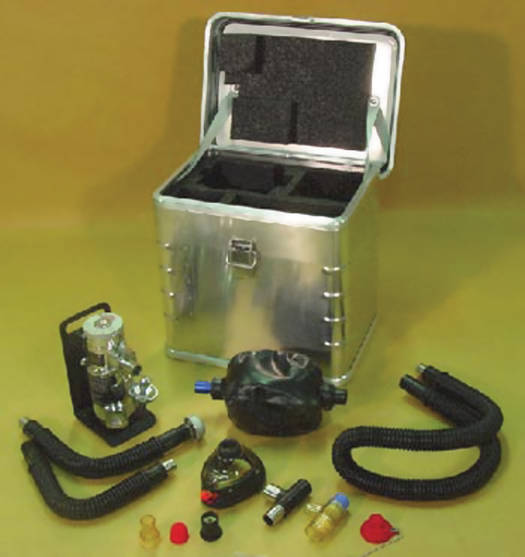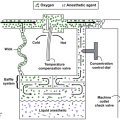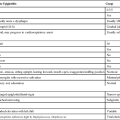Anesthesia in austere environments
• Mass casualty event in which the number of cases overwhelms capacity
• Natural disaster in which the hospital is damaged or loses electricity or water
• Developing country that is disrupted by low-grade civil war
• Developing country in which health care spending is less than $5 per person per year
• Disaster (e.g., natural, industrial, terrorist) in which care is provided on site
Basic principles
A lack of trained personnel or limited evacuation options make proper patient selection and selection of the appropriate surgical procedure crucial. When patients present for elective operations, care must be taken to choose the patients in whom the most benefit is likely to be obtained with the least risk. On the other hand, when patients present for emergent operations, a surgical course must be chosen that is least likely to outstrip the medical team’s capability for perioperative care or to degrade the medical team’s ability to care for subsequent patients. For example, an extremity mangled by a landmine explosion is better amputated if the care, equipment, and time required for limb salvage and rehabilitation are not available. The process of selecting patients for surgery, or for selecting the proper surgical treatment for patients, requires collaboration among the anesthesia provider, the surgeon, and the rest of the medical team. In an austere environment, cesarean sections and amputations would be commonly performed, whereas cardiac or neurosurgical procedures would be rare (Table 179-1).
Table 179-1
Surgical Procedures in an Austere Environment
| Common Field Operations | Uncommon Field Operations |
| Abscess incision and drainage Fasciotomy Amputations Débridement of wounds or burns External fixation of fractures Emergency laparotomy Emergency caesarean section Evacuation of retained placenta |
Procedures requiring invasive monitoring Procedures requiring any postoperative intensive care Internal fixation of fractures Laparoscopy, endoscopy, arthroscopy Subspecialty surgery Note: Militaries from developed countries may have good ICU and evacuation capabilities |
Options for anesthesia
Regional anesthesia
General anesthesia
Parenteral anesthesia
Total intravenous anesthesia
Total intravenous anesthesia (TIVA) can be used for analgesia or sedation or as an intraoperative anesthetic. It is frequently administered as a mixture of propofol, an opioid, ketamine, and often a neuromuscular blocking drug. Such mixtures have the advantage of not requiring an anesthesia machine, an infusion pump, electricity, or batteries, resulting in a small logistical footprint. Depending upon the particular mixture of agents, TIVA may take advantage of the benefits of ketamine, conferring a decreased risk of redistribution hypothermia compared with inhalation anesthetic agents, and may not inhibit hypoxic pulmonary vasoconstriction as much as does TIVA without the addition of ketamine. An example of a TIVA recipe is found in Box 179-1. Disadvantages of TIVA include the facts that providing TIVA requires adequate intravenous access and that many anesthesia providers are unfamiliar with providing TIVA.
Inhalation anesthesia
Inhalation anesthesia is considered by some to have the largest logistical footprint, especially if supplemental O2 is used. Some British and Australasian anesthesia providers consider inhalation anesthesia delivered with a drawover vaporizer to be the preferred technique for use in an austere environment. Many anesthesia providers in the United States, however, may not be familiar with a drawover vaporizer, such as the Ohmeda Universal Portable Anesthesia Complete (Figure 179-1), but, given the opportunity, most providers would find it easy to set up and use, and very reliable. This device is designed to deliver inhalation agents to a spontaneously ventilating patient but can be combined with a portable ventilator, such as the Uni-Vent Eagle 754 (Impact Instrumentation, Inc.; West Caldwell, NJ). When using this technique, the anesthesia provider should select patients for whom supplemental O2 would not be necessary unless a source of O2 is readily available.

Final thoughts
In developing countries, tragically, many children are victims of injury, burns, or surgical illness. Anesthesia providers who do not typically care for children can take comfort in knowing that their training should allow them to function well in an austere environment when treating children who require care. When new to the austere environment, the medical team should begin by treating healthier patients first while the team adjusts to its surroundings and to one another and develops experience and confidence with the anesthetic techniques that will be used most often. Additional tips for performing pediatric anesthesia in developing countries are listed in Box 179-2.




